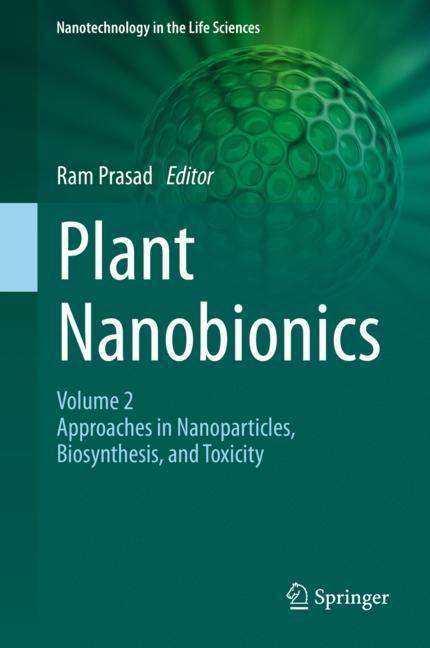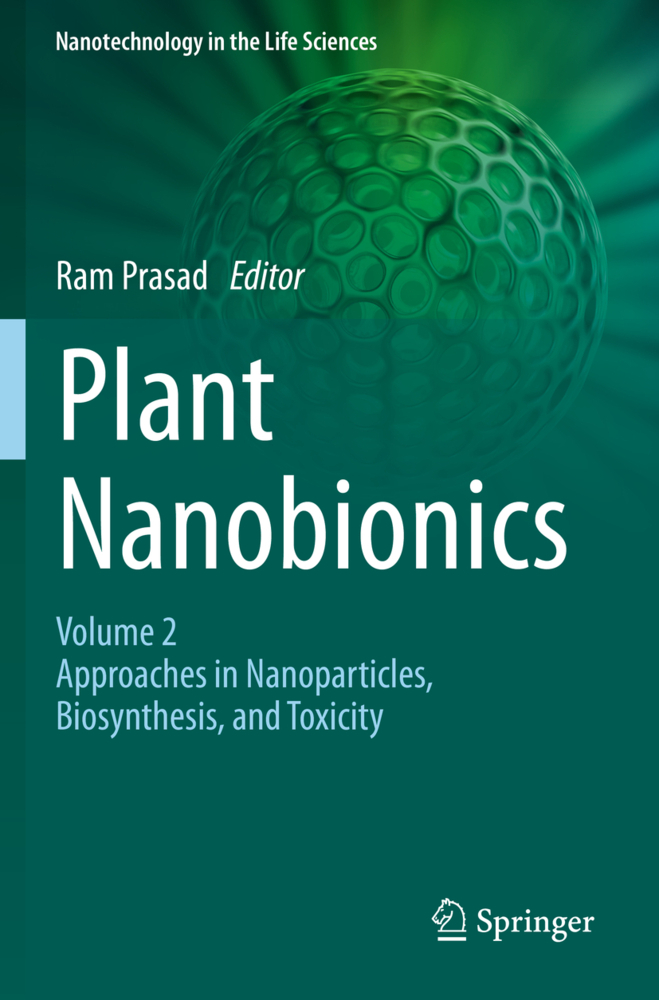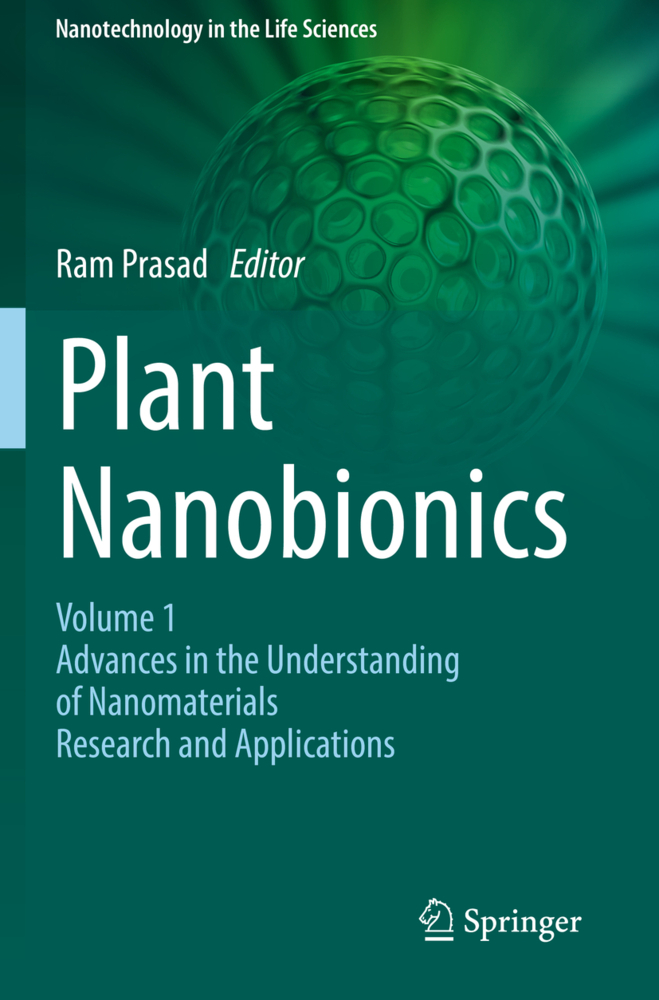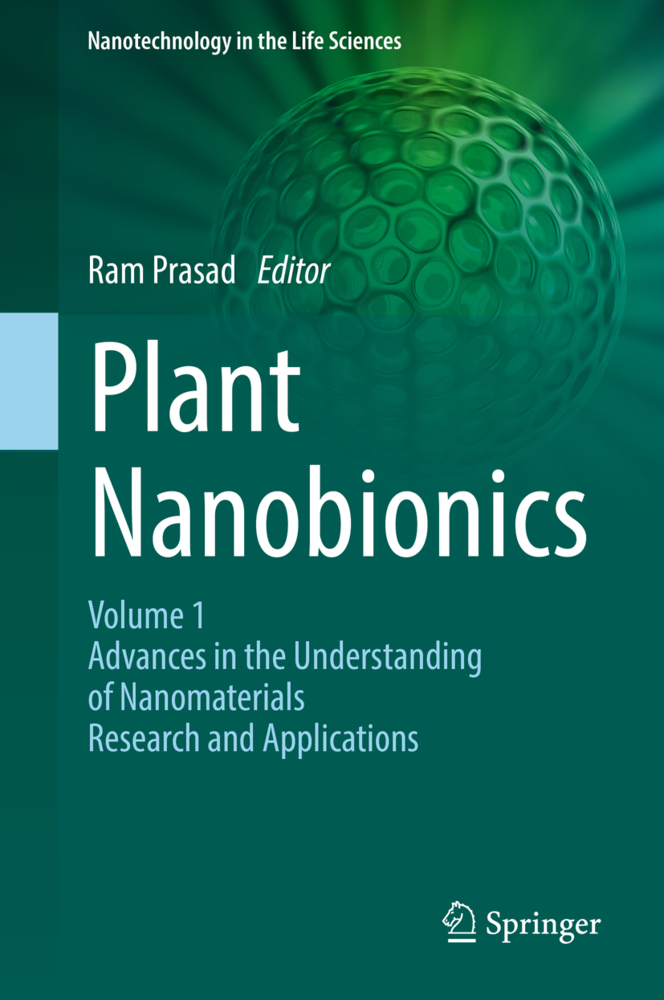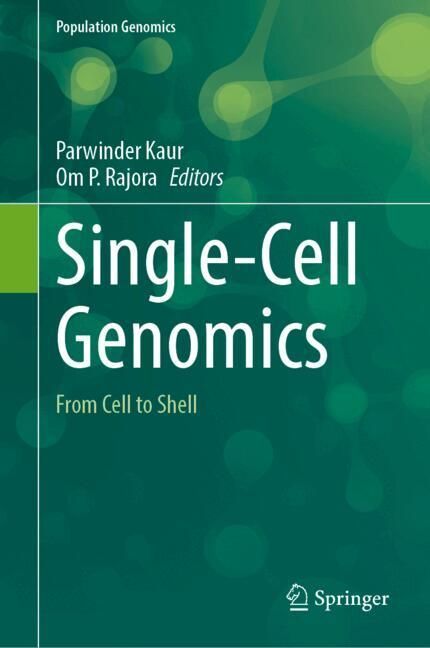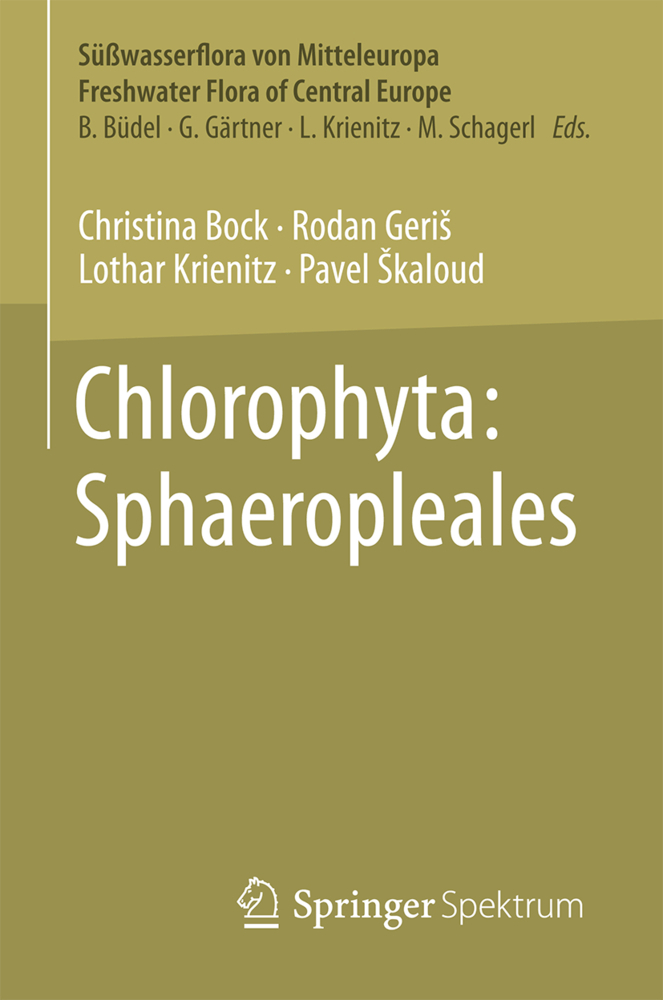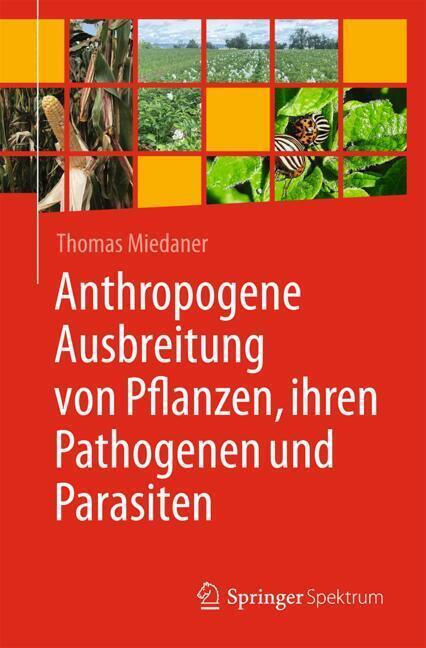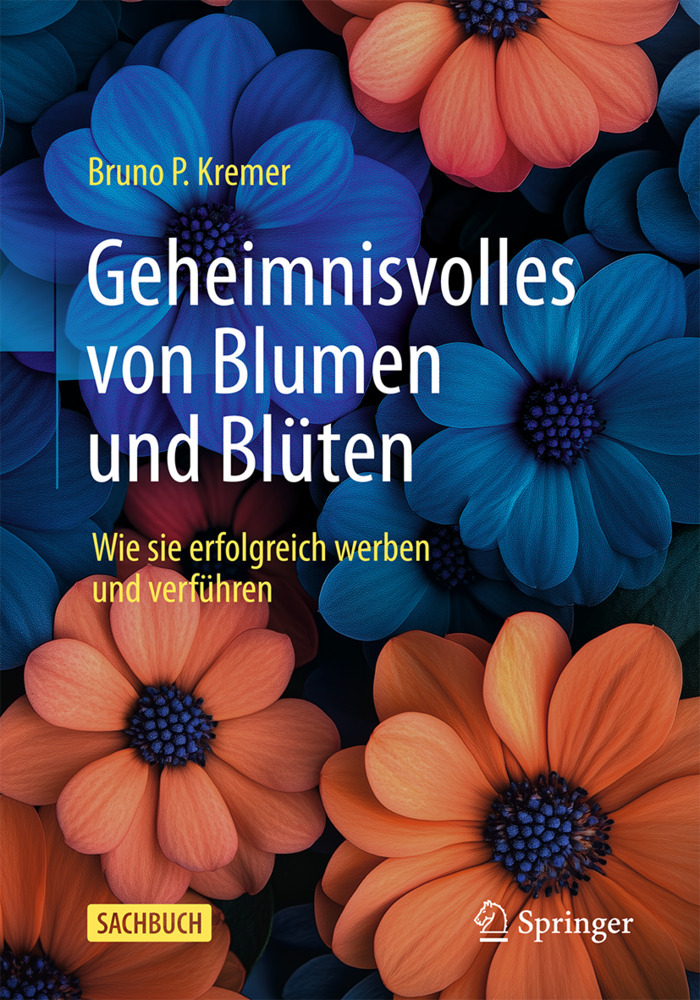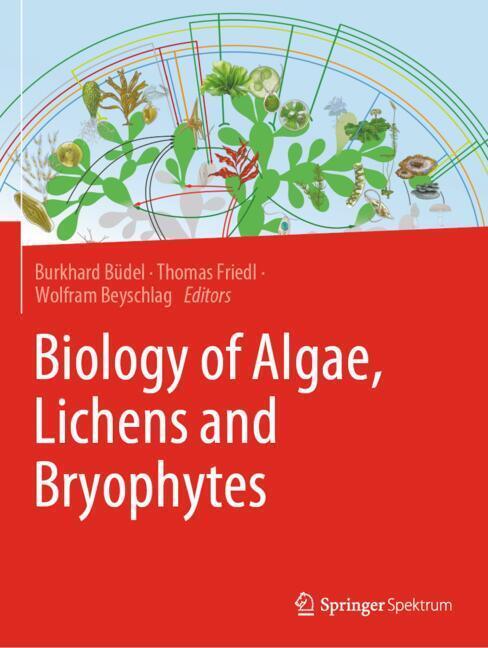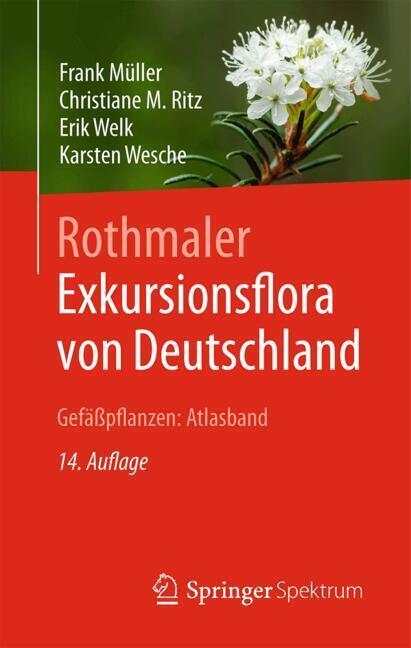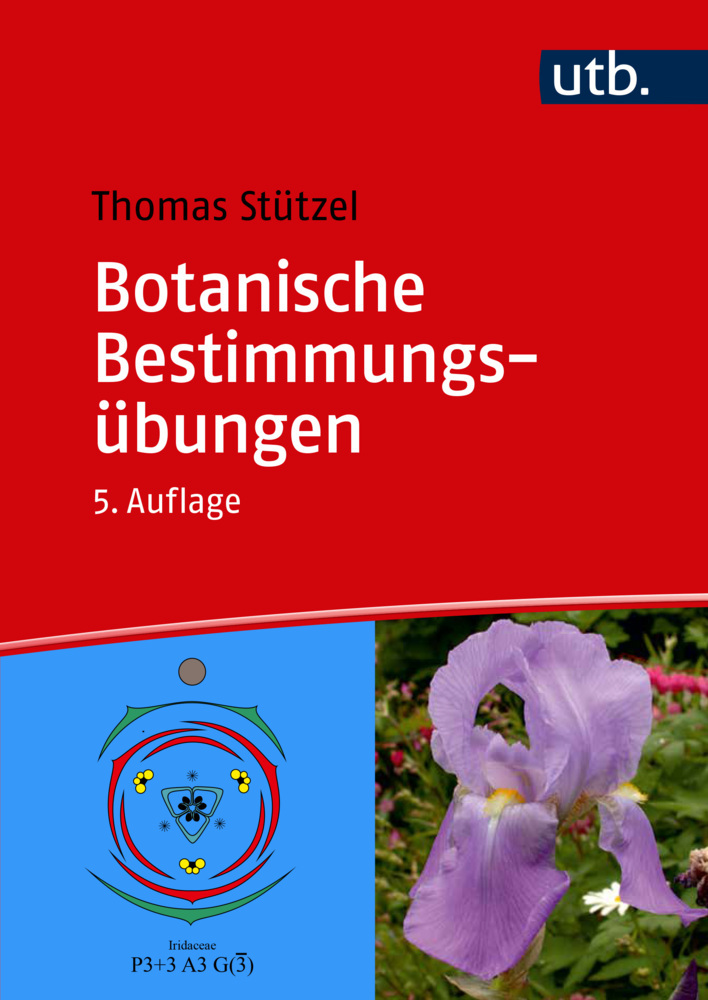Plant Nanobionics
Plant Nanobionics, Volume 2 continues the important discussion of nanotechnology in plants, but focuses with a focus on biosynthesis and toxicity.
This book discusses novel approaches to biosynthesis of nanoparticles for the increase of plant production systems, controlled release of agrochemicals and management of plant biotic stress. Green biosynthesis of metallic nanoparticles from bee propolis, artificial photosynthesis and hybrid structures are presented.
Although engineered nanoparticles have great potential for solving many agricultural and societal problems, their consequences on the ecosystems and environment must be responsibly considered. This volume aims to contribute to the limited literature on this topic through its comprehensive examination of nanoparticle toxicity on plants, microbes and human health. Environmental risks with recent data are discussed as well as risks associated with the transfer of nanoparticles through the food chain.
This volume highlights the study of a mechanistic approach and the study of nanoparticles towards nanobionics. The application of polymeric materials for smart packing in the food industry and agriculture sector as well as the future of nanomaterials in detecting soil microbes for environmental remediation are also included.
Ram Prasad, Ph.D. is associated with Amity Institute of Microbial Technology, Amity University, Uttar Pradesh, India since 2005. His research interests include applied microbiology, plant-microbe-interactions, sustainable agriculture and nanobiotechnology. Dr. Prasad has more than a hundred publications to his credit, including research papers, review articles, book chapters, five patents issued or pending and several edited or authored books. Dr. Prasad has twelve years of teaching experience and has been awarded the Young Scientist Award (2007) and Prof. J.S. Datta Munshi Gold Medal (2009) by the International Society for Ecological Communications; FSAB Fellowship (2010) by the Society for Applied Biotechnology; the American Cancer Society UICC International Fellowship for Beginning Investigators, USA (2014); Outstanding Scientist Award (2015) in the field of Microbiology by the Venus International Foundation; BRICPL Science Investigator Award (ICAABT-2017) and Research Excellence Award (2018). He serves as an editorial board member for Frontiers in Microbiology, Frontiers in Nutrition, Academia Journal of Biotechnology and is the series editor of the Nanotechnology in the Life Sciences, Springer Nature, USA. Previously, Dr. Prasad served as Visiting Assistant Professor, Whiting School of Engineering, Department of Mechanical Engineering at Johns Hopkins University, USA and presently works as a Research Associate Professor at the School of Environmental Sciences and Engineering, Sun Yat-Sen University, Guangzhou, China.
1;Foreword;6 2;Preface;9 3;Contents;11 4;Contributors;13 5;About the Author;17 6;Chapter 1: Carbon Dots Synthesized from Green Precursors with an Amplified Photoluminescence: Synthesis, Characterization, and Its Application;18 6.1;1.1 Carbon Dots (CDs);19 6.2;1.2 Carbon Dots Synthesized from Green Precursors;20 6.3;1.3 Synthesis;23 6.4;1.4 Top-Down Approaches;23 6.4.1;1.4.1 Arc Discharge;24 6.4.2;1.4.2 Electrochemical Carbonization;25 6.4.3;1.4.3 Laser Ablation;26 6.5;1.5 Bottom-Up Approaches;27 6.5.1;1.5.1 Combustion;27 6.5.2;1.5.2 Hydrothermal/Solvothermal;28 6.5.3;1.5.3 Microwave Irradiation;29 6.6;1.6 Structural Properties;30 6.6.1;1.6.1 Surface Properties (XPS and FTIR);30 6.6.2;1.6.2 Internal Structural Properties (HRTEM, Raman, and XRD);30 6.7;1.7 Other Properties;32 6.7.1;1.7.1 Optical Absorption;32 6.7.2;1.7.2 Excitation Wavelength-Dependent Fluorescence;35 6.7.3;1.7.3 Upconverted Photoluminescence (UCPL);35 6.7.4;1.7.4 Electron Transfer Property;35 6.8;1.8 Applications;36 6.8.1;1.8.1 Bioimaging;37 6.8.2;1.8.2 Sensing;39 6.8.3;1.8.3 Biomedicine (Drug Delivery and Gene Transfer);41 6.8.4;1.8.4 Photocatalysis;43 6.9;References;44 7;Chapter 2: Perovskite Oxide-Based Photocatalysts for Excellent Visible Light-Driven Photocatalysis and Energy Conversion;51 7.1;2.1 Introduction;52 7.2;2.2 Synthesis Methods of Perovskite Oxides;53 7.2.1;2.2.1 Solid-State Method;54 7.2.2;2.2.2 Coprecipitation Method;54 7.2.3;2.2.3 Hydrothermal Method;55 7.3;2.3 Overview of Perovskite Oxides in Photocatalysis;55 7.3.1;2.3.1 Titanium-Based Perovskite Oxides;56 7.3.2;2.3.2 Tantalum-Based Perovskite Oxides;57 7.3.3;2.3.3 Niobium-Based Perovskite Oxides;59 7.4;2.4 Applications and Catalytic Studies of Perovskite Oxides;60 7.4.1;2.4.1 Photocatalytic Water Splitting;62 7.4.2;2.4.2 Photodegradation of Organic Pollutants;63 7.4.3;2.4.3 Photocatalytic Conversion of Carbon Dioxide to Fuels;64 7.4.4;2.4.4 Other Applications;65 7.5;2.5 Future Perspectives;66 7.6;2.6 Conclusion;67 7.7;References;67 8;Chapter 3: Biogenic Material With Iron Nanoparticles for As(V) Removal;71 8.1;3.1 Introduction: Arsenic in the Water;71 8.1.1;3.1.1 Arsenic in Drinking Water for Human Consumption;72 8.2;3.2 Methods for Arsenic Removal;73 8.2.1;3.2.1 Iron Nanoparticles;73 8.3;3.3 Material Synthesis;74 8.3.1;3.3.1 Composition and Characterization of Pineapple Peel;75 8.3.2;3.3.2 Neutron Activation Analysis (NAA);78 8.3.3;3.3.3 X-Ray Photoelectron Spectroscopy (XPS);81 8.3.4;3.3.4 Specific Surface Area and Isoelectric Point;83 8.3.5;3.3.5 As(V) Sorption Studies;84 8.4;3.4 Conclusions;87 8.5;References;89 9;Chapter 4: Potential of Biogenic Plant-Mediated Iron and Iron Oxide Nanoparticles and Their Utility;92 9.1;4.1 Introduction;92 9.2;4.2 Contrast Agents for Magnetic Resonance Imaging;97 9.3;4.3 Wastewater Treatment;102 9.4;4.4 Sensors/Biosensors/Nanosensors/Nanobiosensors;105 9.5;4.5 Antimicrobial/Bactericidal Agents;107 9.6;4.6 Cancer/Tumor Therapy;109 9.7;4.7 Drug Delivery;113 9.8;4.8 Catalysts/Photocatalysts;115 9.9;4.9 Future Perspectives;116 9.10;4.10 Conclusion;116 9.11;References;117 10;Chapter 5: Potential of Biogenic Plant-Mediated Copper and Copper Oxide Nanostructured Nanoparticles and Their Utility;129 10.1;5.1 Introduction;129 10.2;5.2 Biosensing;131 10.3;5.3 Catalysts;138 10.4;5.4 Optoelectronics;152 10.5;5.5 Wastewater Removal and Its Purification;153 10.6;5.6 Anticancer Activity;154 10.7;5.7 Antimicrobial/Antibacterial Activity;157 10.8;5.8 Antioxidant Activity;161 10.9;5.9 Imaging Agents;162 10.10;5.10 Drug Delivery Agents;164 10.11;5.11 Diagnosis and Therapeutic Agents;165 10.12;5.12 Future Perspectives;168 10.13;5.13 Conclusions;169 10.14;References;169 11;Chapter 6: Applications of Nanomaterials and Future Prospects for Nanobionics;191 11.1;6.1 Introduction;192 11.2;6.2 Roles of Nanomaterials in Plant Growth;193 11.3;6.3 Plant Nanobionics;195 11.3.1;6.3.1 Architecture of the Plant Cell Wall in Terms of Nanobionics;196 11.3.2;6.3.2 Supercharged Photosynthesis
Prasad, Ram
| ISBN | 9783030163792 |
|---|---|
| Artikelnummer | 9783030163792 |
| Medientyp | E-Book - PDF |
| Copyrightjahr | 2019 |
| Verlag | Springer-Verlag |
| Umfang | 496 Seiten |
| Sprache | Englisch |
| Kopierschutz | Digitales Wasserzeichen |

